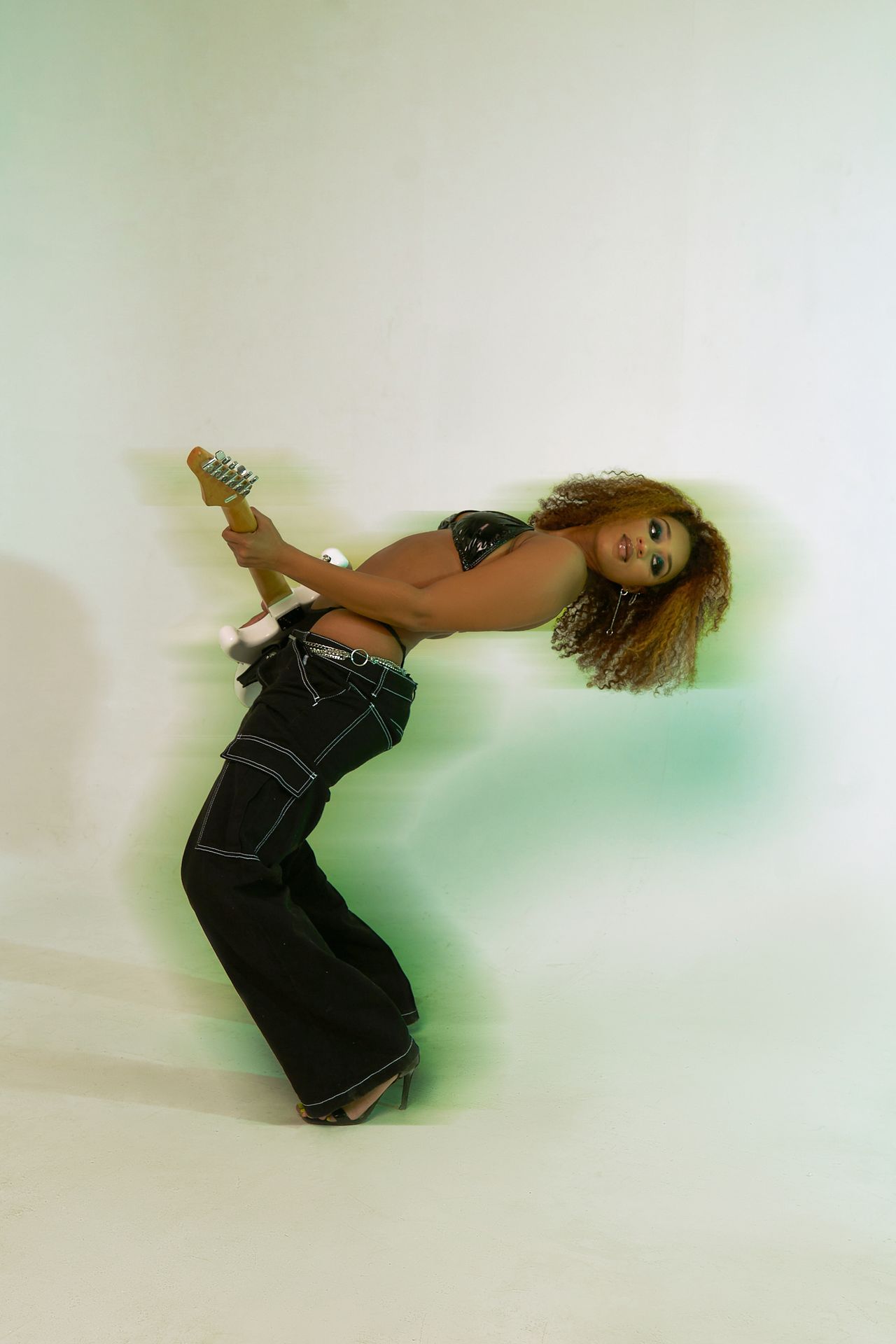In the exciting world of photography, where creativity, technology, and culture intersect, experimental photography is a fun adventure waiting to be explored. It’s all about letting your imagination run free—forget the rules, twist them, or even toss them aside if you feel like it!
Whether you’re a photography whiz or just picking up a camera for the first time, diving into experimental photography is not just a delightful side trip; it’s a fantastic way to grow, express who you are, and connect with others who share your passion.
This post is a cheerful reminder that stepping outside your comfort zone doesn’t just make your art shine brighter—it helps you discover and share your unique voice with the world. So grab your camera, get creative, and let’s see where your imagination takes you!
Why Experimentation Matters
At its core, experimental photography is about curiosity. It’s about asking “what if?” and not being afraid of the answer.
- What if you shoot through broken glass?
- What if you mix digital and analog?
- What if the mistake becomes the masterpiece?
Exploring new techniques helps you discover your creative style, build confidence, and produce images that make people stop and think. It’s where innovation lives and where your personal story takes center stage.
In an industry flooded with trends and copycats, experimentation is how you stand out—and stay inspired.

Gel lighting technique. See Instagram post for more images.
Techniques That Break the Mold
Ready to shake things up? Here are a few ways to experiment with your photography:
Double Exposure
Layer two or more images together to create a dreamy, intricate visual story. This technique blends reality with imagination—ideal for crafting images that feel poetic and impactful.
Light Painting
Use long exposure and a light source (flashlight, sparkler, or even a phone screen) to "paint" in the dark. It’s a fun way to turn movement and light into visual energy. Think urban meets electric.
Camera Obscura
This vintage technique flips the way we use a camera. By projecting an external scene onto a surface in a dark space, it shifts your view—literally—and encourages more intentional surroundings.
Alternative Processes
Try cyanotypes, tintypes, or photograms for a textured, analog feel. These historic techniques introduce unpredictability, allowing imperfections to become part of the art.
Digital Manipulation
With digital tools like Photoshop or Lightroom, the possibilities are endless. Transform a simple portrait into something surreal or convert everyday scenes into abstract dreamscapes.

Gel lighting and Photoshop technique. See Instagram post for more images.
Impact Beyond the Frame
Experimental photography is more than just a method of capturing images; it is a vibrant form of artistic expression that challenges conventional boundaries and fosters meaningful connections. This genre encourages artists to explore beyond traditional techniques, venturing into innovative approaches that reveal new perspectives and insights.
At its core, experimental photography serves as a powerful outlet for storytelling, allowing photographers to convey complex narratives and emotions that go beyond words. It acts as a form of social commentary, using visual art to question societal norms, highlight pressing issues, or spark dialogue about topics that matter deeply to both creators and viewers.
Engaging in experimental photography also invites individuals to step outside their comfort zones. It’s about breaking routines, embracing spontaneity, and demonstrating a willingness to explore themes that resonate personally or culturally. Through this process, artists can place a spotlight on societal challenges, personal struggles, or abstract concepts, fostering a deeper emotional connection with their audience.
The community surrounding experimental photography is dynamic and inspiring. It’s composed of passionate creatives who continuously push each other to innovate and refine their craft. Communication often starts in informal settings like direct messages and expands to collaborative projects, exhibitions, or gallery displays. Knowledge-sharing and mentorship are integral, creating a supportive environment where experimentation is celebrated and failures are seen as valuable learning experiences.
Fundamentally, experimental photography cultivates a culture that values creativity over perfection. It encourages artists to take risks, to explore new techniques, and to express individuality without fear of judgment. This inclusive environment nurtures diversity of thought and style, making it a continually evolving and exciting landscape for both emerging and seasoned photographers.
Growth Lives in the Grind
If you’re waiting for permission to start, this is it.
Shoot blurry. Shoot backwards. Shoot offbeat. Let go of the pressure to be polished or “get it right” the first time. Some of the most powerful images come from moments that weren’t planned or perfected.
The process is the art.
You’ll grow not just as a photographer, but as a creative thinker and storyteller. That growth? It’s gold.

Snoot lighting technique. See Instagram post for more images.
Final Frame: Your Art, Your Rules
In a world that’s constantly filtered and polished, experimental photography encourages us to embrace the raw, real, and unexpected.
So go ahead. Play with light. Break the rules. Shift your perspective—literally and creatively.
Because photography isn’t just about capturing what’s there—it’s about showing the world how you see it.
Stay inspired, keep exploring, and remember: creativity lives on the edge. Push it.